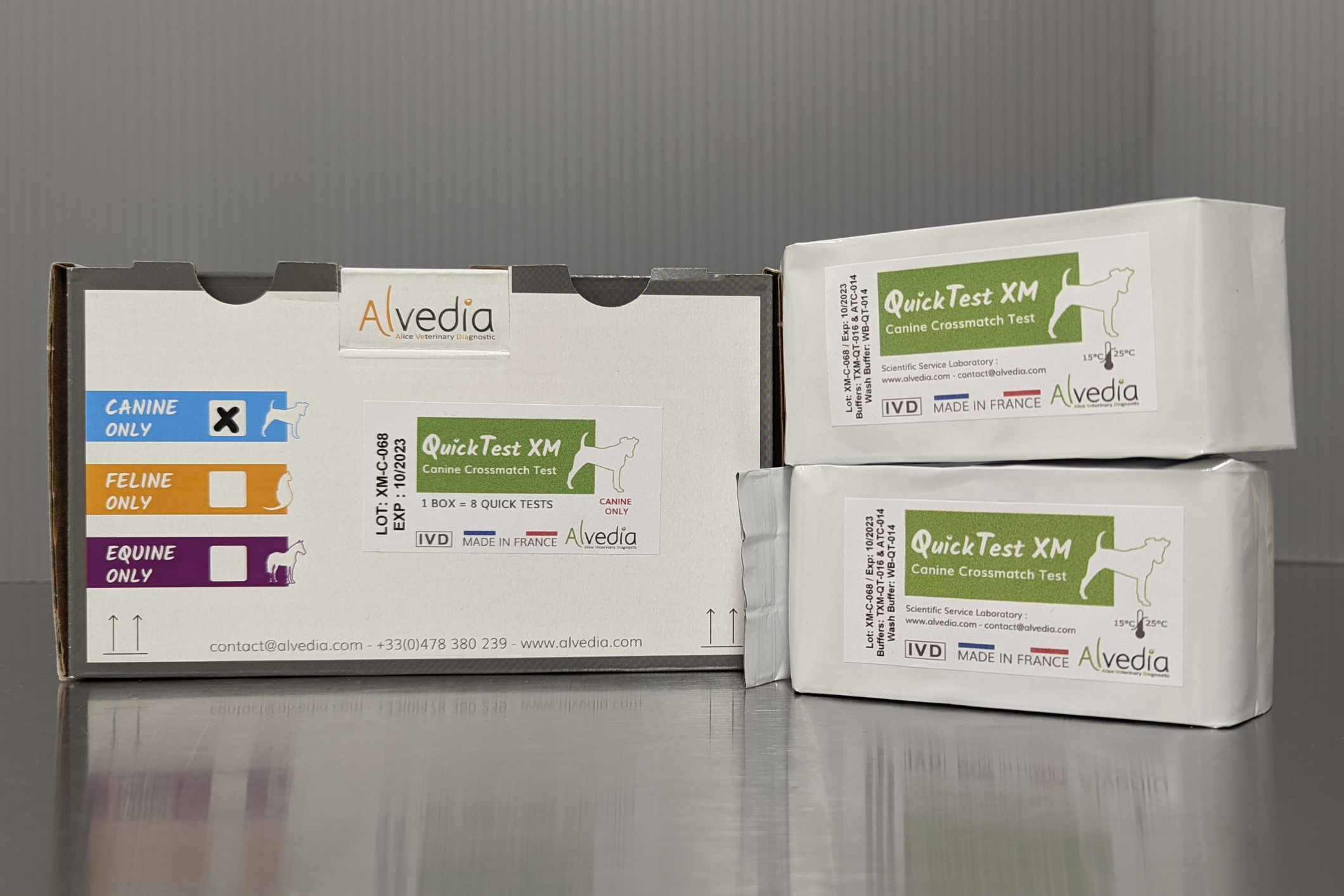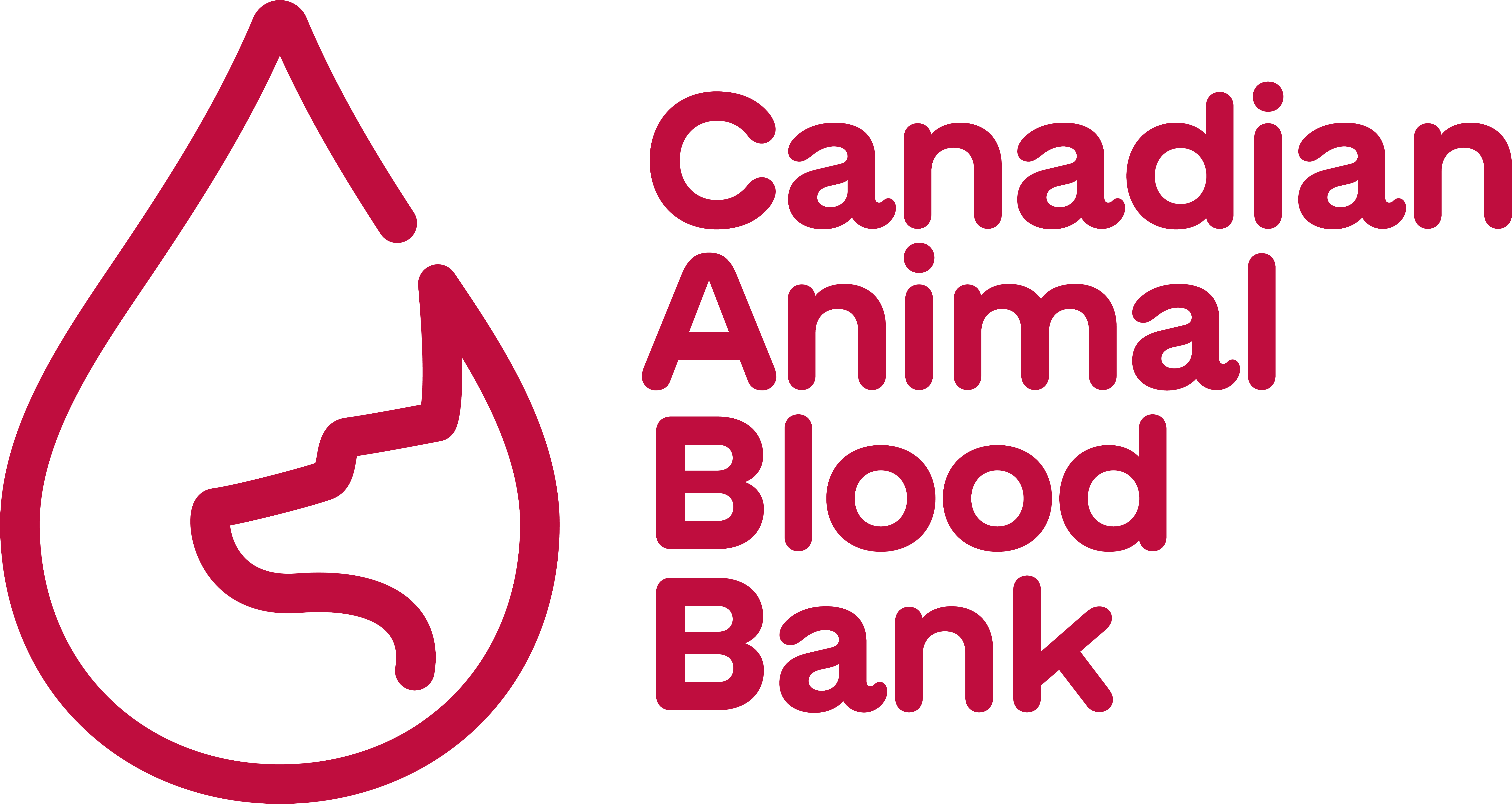
Blood transfusions are critical procedures in veterinary medicine, often required to save the lives of dogs facing various health challenges. Ensuring compatibility between donor and recipient blood is essential to prevent potentially life-threatening reactions. However, the decision to crossmatch dogs before transfusions can be complex, influenced by factors like previous transfusions, blood typing, and available testing methodologies.
When to Crossmatch Dogs
The timing of crossmatching in dogs depends on several factors, including whether the dog has previously received a blood transfusion. According to the 2020 Transfusion Reaction Small Animal Consensus Statement (TRACS), for dogs undergoing their first blood transfusion, the necessity of a crossmatch is uncertain. While some studies suggest no incompatibility in crossmatches for transfusion-naïve dogs, others report conflicting results. Therefore, the decision to crossmatch a transfusion-naïve dog should weigh factors like methodology, cost, and the urgency of the patient’s need for blood.
For dogs that have received blood transfusions more than 4 days prior, it’s advisable to conduct a crossmatch regardless of the initial DEA 1 typing or previous crossmatch results. Simply relying on the same donor from a prior transfusion doesn’t ensure compatibility, even if the initial crossmatch appeared to be compatible. It’s crucial to evaluate the suitability of both the donor and recipient independently for each subsequent blood transfusion in these instances.
Pre-transfusion Testing
Pre-transfusion testing involves both serologic and non-serologic tests to ensure the safety and efficacy of blood components in the recipient. Proper labelling of blood samples is crucial, and hemolyzed samples should be avoided as they can mask antibody-induced hemolysis during compatibility testing.
Sample age is also a significant consideration, with fresh samples preferred to accurately reflect the recipient’s immunologic status. For dogs with a history of transfusions, samples should be less than 72 hours old to ensure compatibility testing reliability.
Crossmatch Methods
Several crossmatch methods are available in veterinary medicine, including the tube method, gel agglutination, and immunochromatographic methods. Each has its advantages and considerations, with gel agglutination and immunochromatographic methods often favoured for their user-friendliness and speed.
The gel agglutination method, utilising pre-loaded microtubes with a gel sieve, offers standardised and rapid results. However, it may not detect hemolysins effectively. In contrast, the immunochromatographic method, specific to dogs, provides easy interpretation and stability of reactions.
Recommendations
In conclusion, crossmatching is a crucial step in ensuring the safety and efficacy of blood transfusions in dogs. While the necessity of crossmatching for first-time transfusions may be debated, it is universally recommended for dogs with a transfusion history. Understanding the available crossmatch methods and their limitations is essential for veterinary professionals to make informed decisions and provide optimal care for canine patients requiring blood transfusions.
Marie Holowaychuk, DVM, Dipl. ACVECC is a volunteer member of the Canadian Animal Blood Bank Advisory Board and co-editor of the Manual of Veterinary Transfusion Medicine and Blood Banking. She also passionately advocates for the mental health and wellbeing of veterinary professionals.

